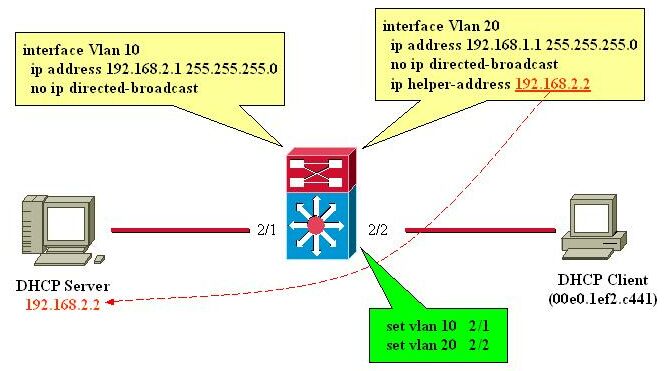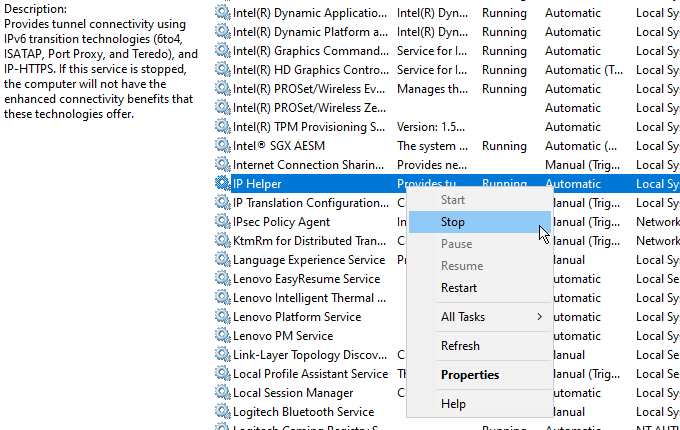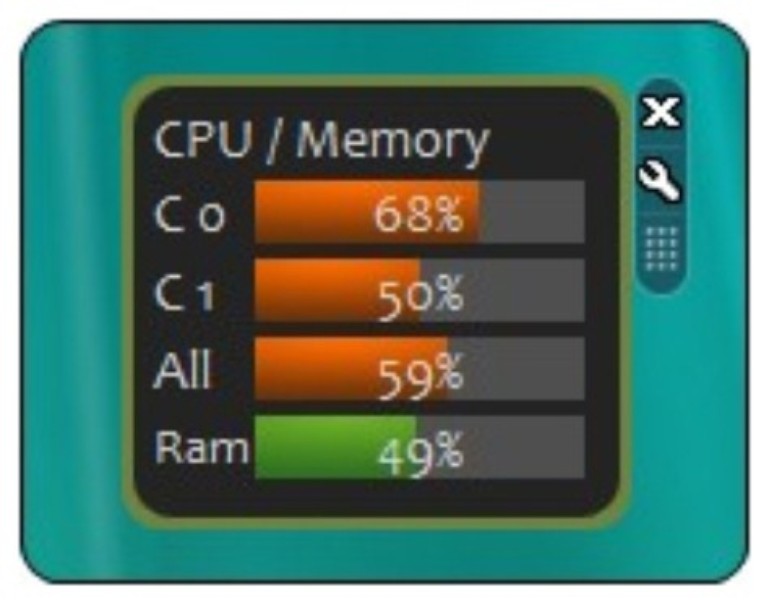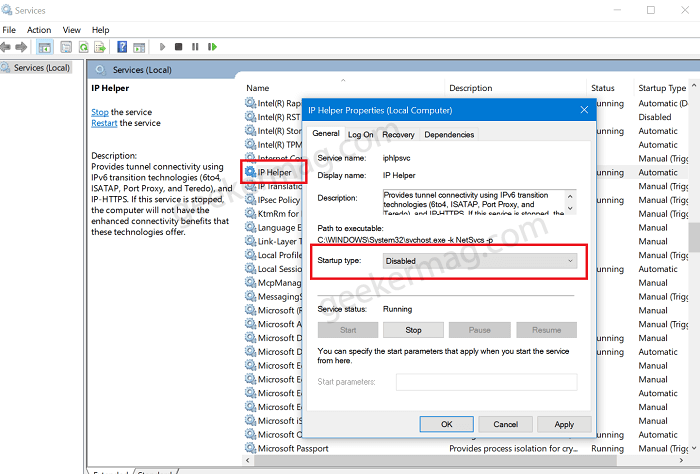

If you don’t know what a homegroup is, just disable the services. Any service with “Homegroup” in the name – Disable these services only if you don’t plan to use the homegroup features in Windows.Now that we have established how to disable a service, do this to the following services: Once you click “OK,” the service will no longer run on your computer.

If you want to disable a service, right-click the service, click “Properties,” expand the drop-down menu next to “Startup type,” and select “Disabled” from the list. If you don’t know how to disable a service, read the third section of this article, which teaches you how to reach the services window. Some of them even leave gaping holes in your computer’s security.

You might already be familiar with the fact that Windows runs tons of services that don’t really do anything for you if you don’t use them. If you host a server on Windows, the responsibility requirement to update grows tenfold. Failing to receive updates will keep you out of the loop. Every time a security hole is exploited, Microsoft quickly finds out about it and tries to develop countermeasures. I cannot stress how important it is to keep up to date with everything Microsoft offers, as it might benefit you in the battle against hackers.

While I understand the urge to disable Windows Update, it’s important to use it because Windows releases “hotfixes” once in a while that will make your computer safer. If you didn’t purposely disable Windows Update, you don’t need to worry about this. I still got more work for you to do, though… 3. Once you’ve selected these options, hit the “Save changes” button at the bottom of the window. Ensure that the following options are selected: Click on it and expand your active network type.Ģ. You’ll see a link called “Change advanced settings” right under the “Change adapter settings” link. It will say something like “Home”, “Work” or “Public”. Look under “View your active networks” and note which type of network you use to connect to the internet. Go to the Network and Sharing Center like you did in the last section. To better tighten your network, you must access the Network and Sharing Center once again:ġ. Both of these features, while useful in a home network, can totally compromise the security of the computer. While disabling NetBIOS prevents your computer from being an open book, you’re still leaving your computer out in the open with network discovery and file & printer sharing. Windows has other security holes which can be exploited, but you already took care of a big one. This, of course, addresses only part of the problem.


 0 kommentar(er)
0 kommentar(er)
